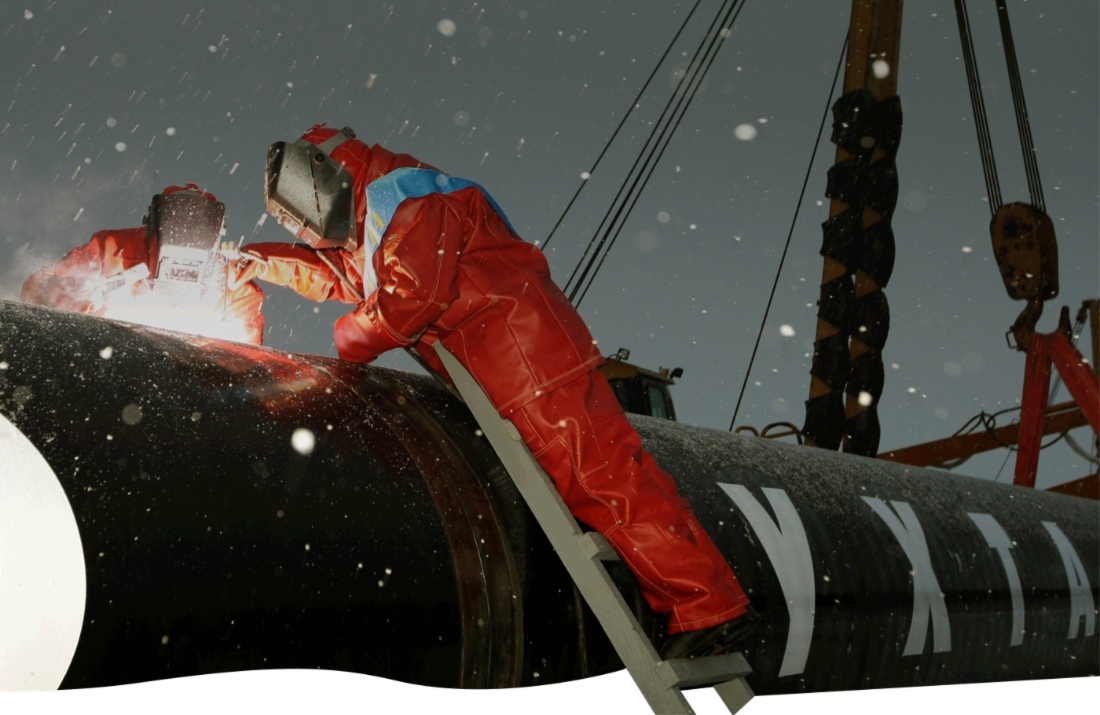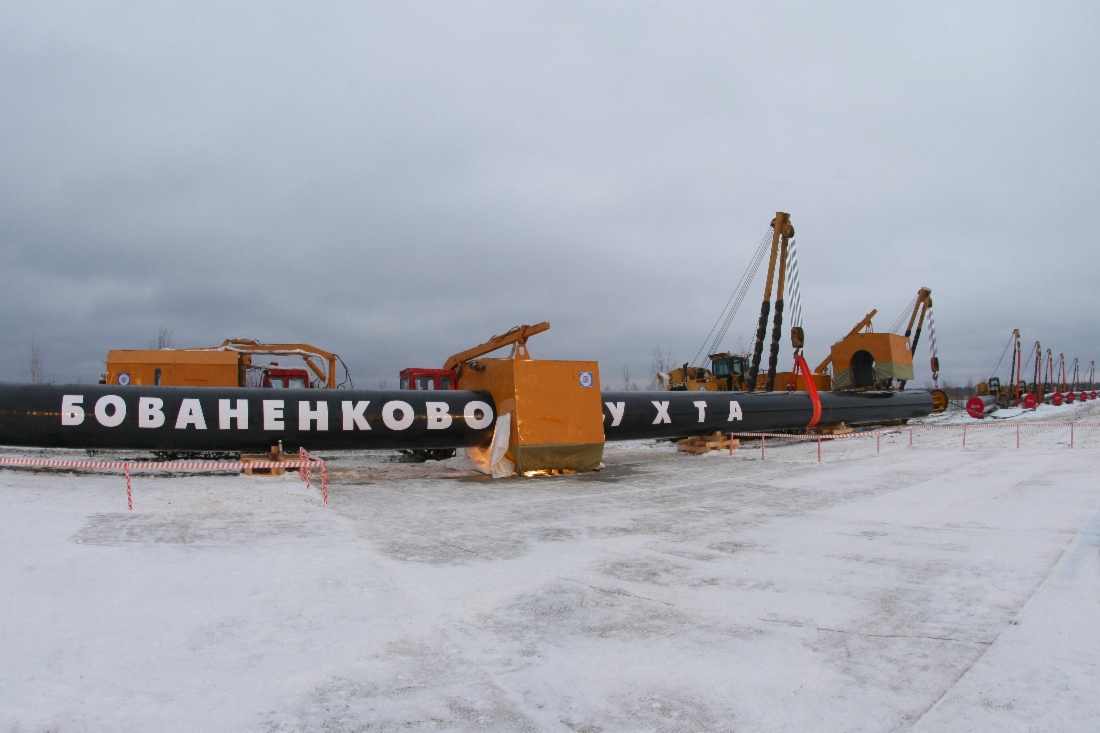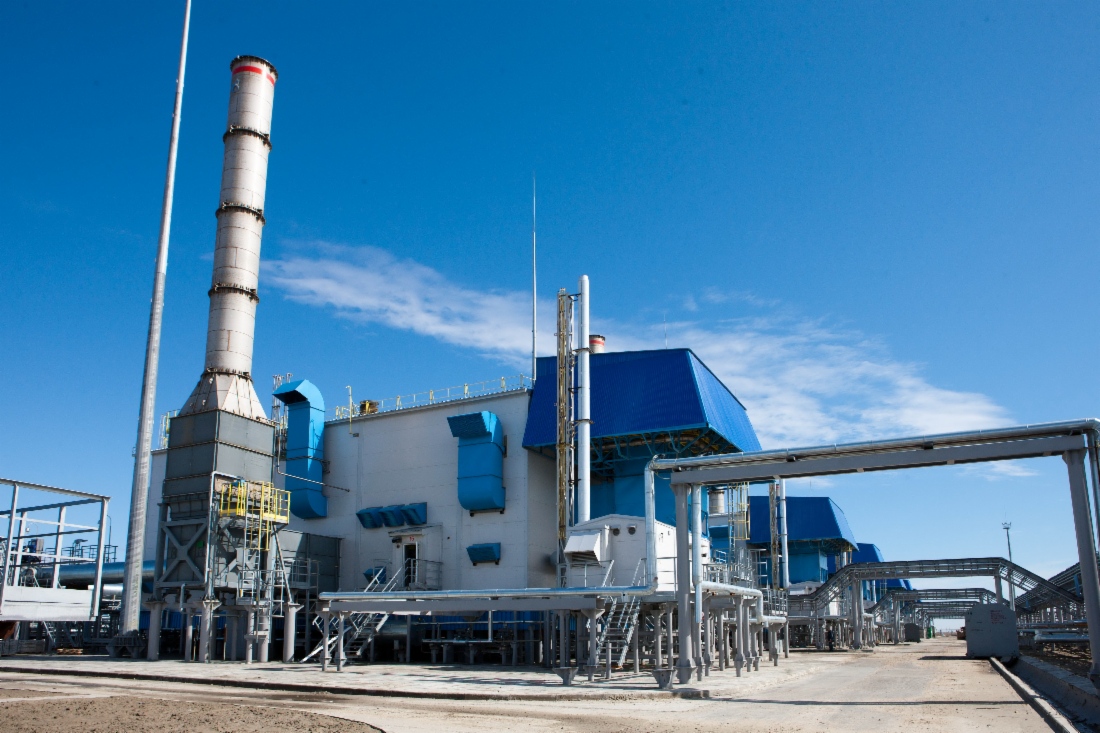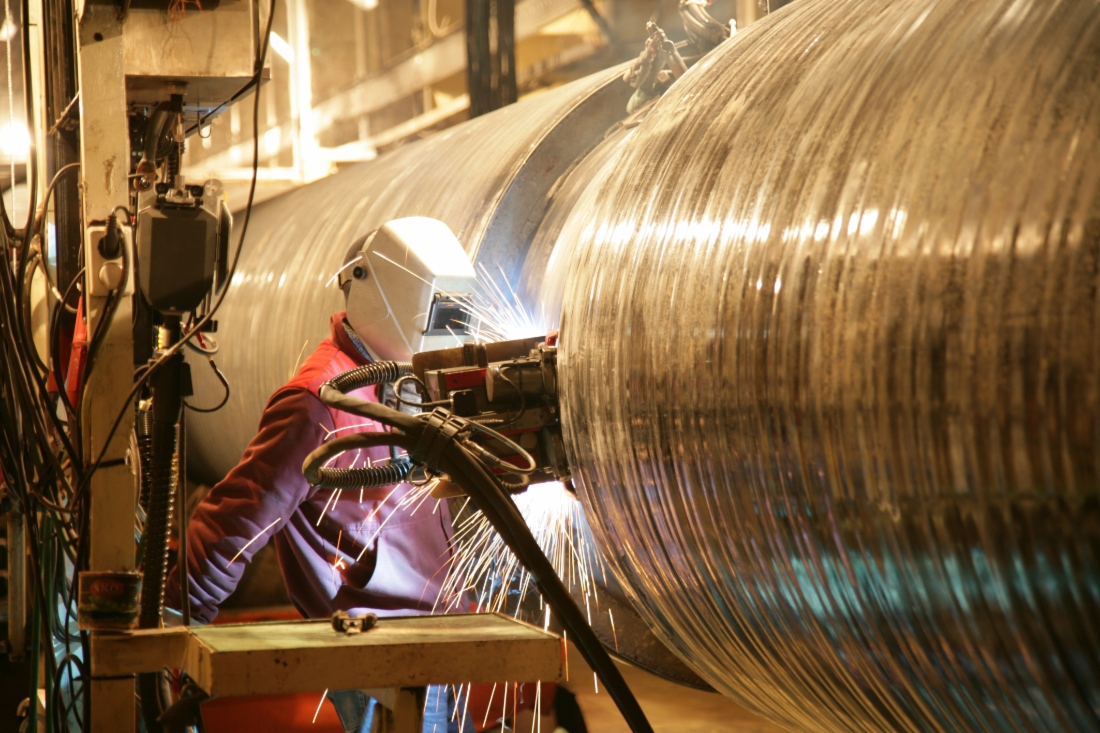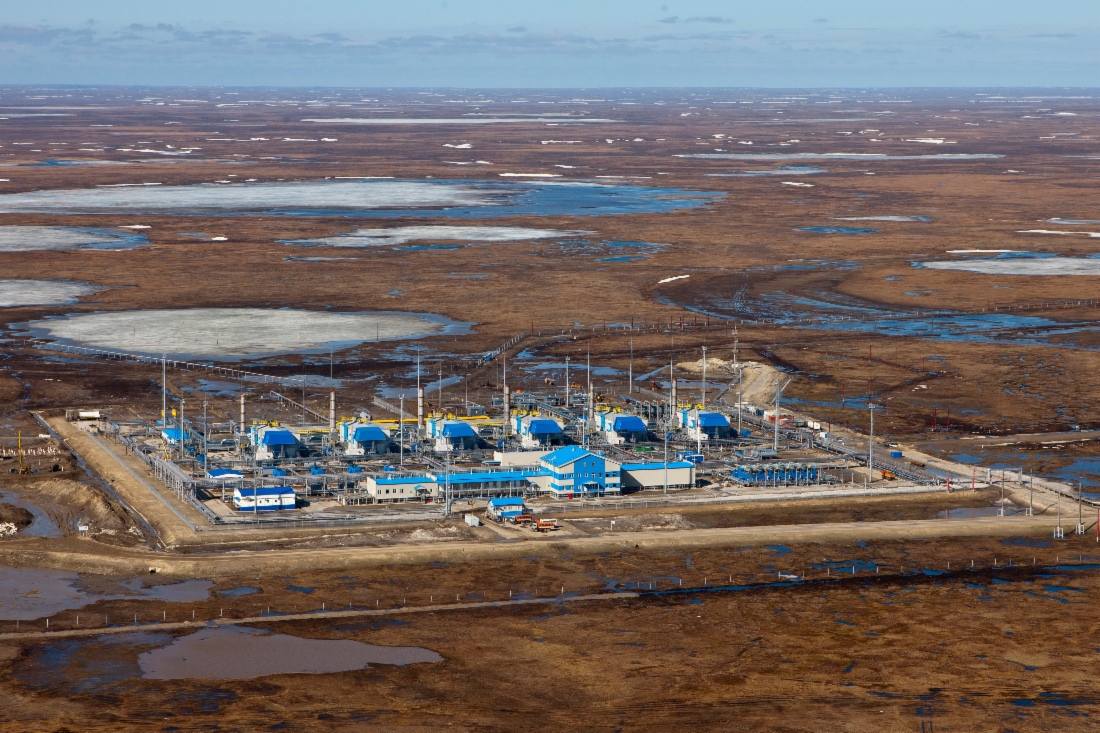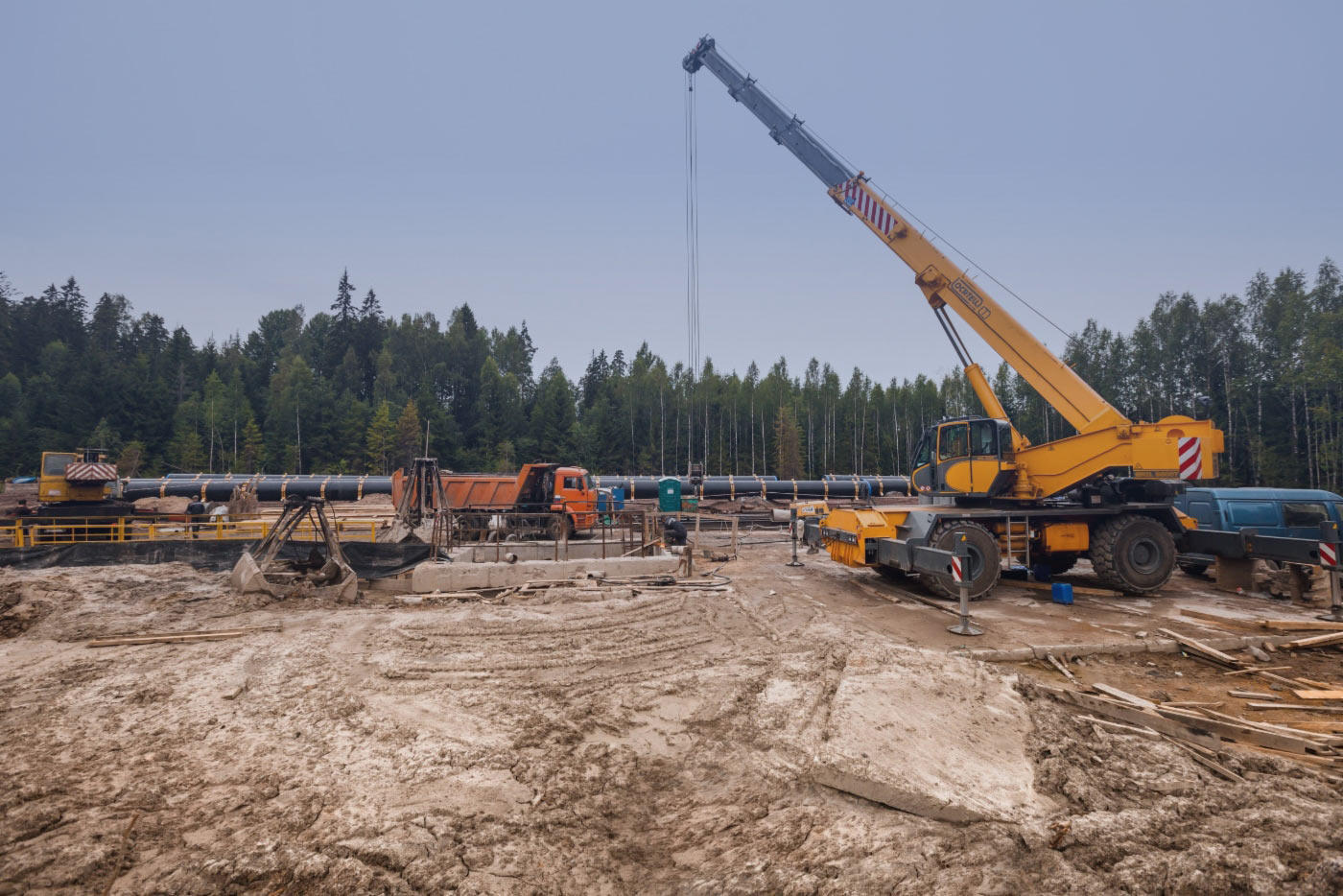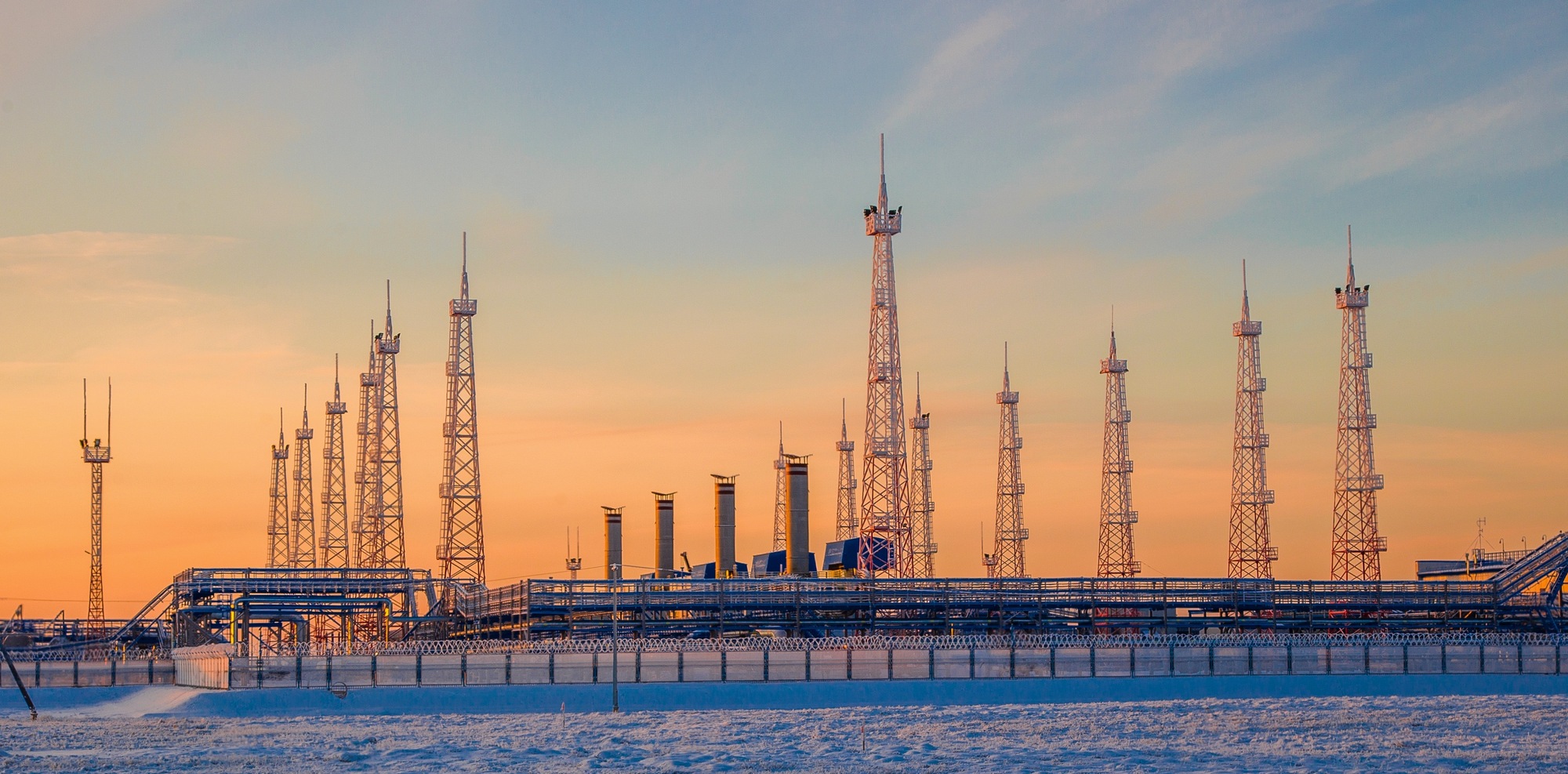The Bovanenkovo – Ukhta and Bovanenkovo – Ukhta 2 gas trunklines are intended to convey gas from the Yamal Peninsula into Russia’s Unified Gas Supply System. In Yamal, Gazprom is shaping a fundamentally new gas production center that will eventually play a major role in developing the national gas industry. At present, Bovanenkovskoye is Yamal’s largest natural gas production field.

length of each gas pipeline
aggregate design capacity
length of each gas pipeline
aggregate design capacity
Figures and facts
Length of each gas pipeline: around 1,200 kilometers (including backup strings of submerged crossings).
Base diameter of pipes: 1,420 millimeters.
Working pressure: 120 atm.
Number of compressor stations: 9.
Aggregate design capacity of two gas pipelines: 115 billion cubic meters per year.
Development
The construction of the Bovanenkovo – Ukhta gas pipeline started in 2008. The linear part of the gas pipeline and the priority compressor stations were put onstream in 2012. The remaining compressor stations were built to completion between 2013 and 2014.
The construction of the Bovanenkovo – Ukhta 2 gas pipeline was launched in 2012. In 2017, the pipeline was brought onstream.
Technologies
The gas transmission corridor running from Yamal’s Bovanenkovskoye field to Ukhta is one of the most ambitious and sophisticated projects in the history of pipeline construction in Russia and worldwide. Innovative technologies and high-reliability equipment are used in implementing the project.
For the purpose of constructing new-generation gas pipelines, Russian manufacturers adopted new technologies to produce unique 1,420-millimeter pipes from grade K65 (X80) steel with internal flow coating. The pipes are designed for the pressure of 120 atm – a record high for onshore gas pipelines. This helps substantially reduce the project’s metal consumption and improve gas transmission efficiency.
The gas pipelines pass across the Baidarata Bay, a gulf in the Kara Sea, which is covered with ice most of the year. Here, 1,219-millimeter concrete-coated pipes designed for the pressure of 120 atm are used. It was the first time in global history that pipes with such specifications were laid in such a challenging environment.
The compressor stations are outfitted, inter alia, with the Ladoga-32 gas compressor units (32 MW in capacity) that are distinguished from other Russian industrial gas compressor units by a high efficiency of 36 per cent, low emissions, and a long service life.
Environmental protection
As early as at the pre-construction stage, Gazprom opted for using lightly manned technologies, which provided for high automation at gas transmission facilities, in order to minimize environmental impacts. The compressor stations were sited at a considerable distance from population centers. The project envisages the underground construction of pipelines with subsequent land reclamation in order to preserve free migration routes for deer. To avoid permafrost melting, the temperature of gas flowing through the pipeline is kept below minus 2 degrees Celsius. In addition, operational environmental monitoring and geotechnical monitoring of facilities are carried out on a regular basis.




